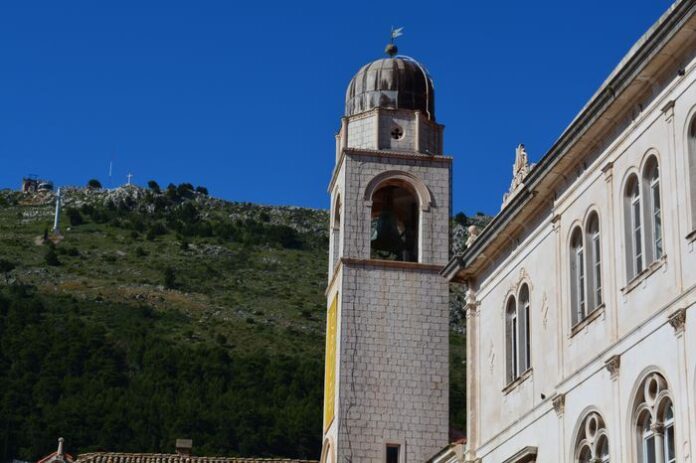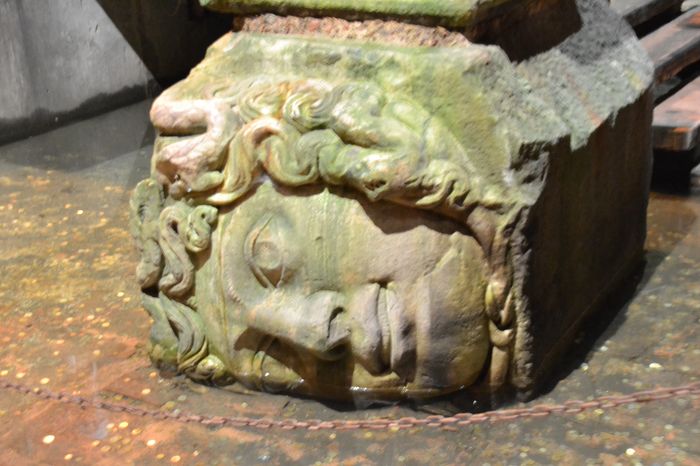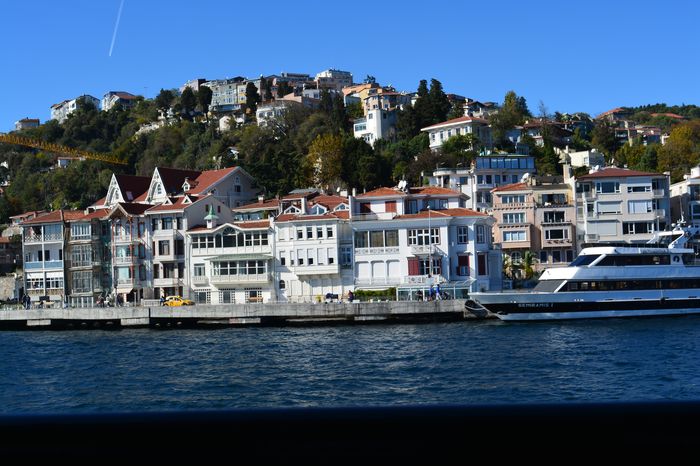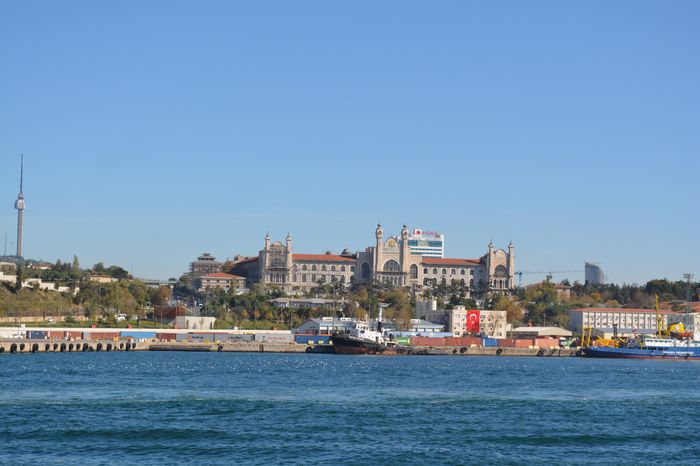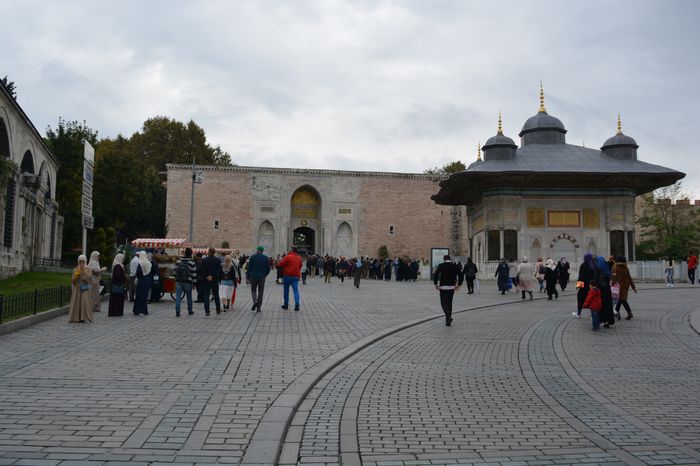The idea that Cyrus and Constantine were the same person has serious problems. First, the name Cyrus is not linked with the land walls of Constantinople until the 8th century. Earlier historians who praise Cyrus do not mention him being involved in building the city’s fortifications in 447 AD.
Second, the information from Theophanes and later historians seems weak. These writers appear to have overlooked important details. For example, they fail to mention that under Emperor Theodosius II, the land walls of Constantinople were built twice. Instead, they credit Cyrus with all the construction work done in the 5th century, ignoring the role of Anthemius, who played a key part in the first expansion of the city Sofia Private Guided Tours.
Ignoring Anthemius
After the 5th century, only one Byzantine writer, Nicephorus Callistus, talks about Anthemius’s contributions. However, even he wrongly says that Cyrus worked with Anthemius, which is not supported by earlier evidence. These kinds of mistakes lead us to ask: Did later historians mistakenly give credit to Cyrus because of his fame, especially for building the sea walls in 439 AD?
It’s possible that the real work on the second land wall in 447 was done by someone else—likely the lesser-known Constantine, whose name appears in official inscriptions from that time. The fame of Cyrus in other areas might have led later writers to wrongly attribute the land wall construction to him.
The Inner Wall Main Defense of the City
The Inner Wall of Constantinople was the city’s strongest line of defense. It stood higher and thicker than the Outer Wall and had more powerful towers. Built on higher ground, it gave defenders a strong advantage against attackers Cyrus’s Fall from Grace.
Structure and Materials
The wall was made from solid concrete, faced with large limestone blocks that were carefully shaped and placed. To make the structure even stronger, six rows of bricks, each containing five layers, were laid across the wall’s thickness.
Dimensions and Access
The wall rises about 30.5 feet above today’s ground level outside the city. Inside the city, it stands about 40 feet tall.
Its thickness ranges from 15.5 feet at the base to 13.5 feet at the top.
At the top of the wall was a battlement (defensive parapet), about 4 feet 8 inches high. This could be reached by stone staircases, usually built near the city gates. These stairways ran at a right angle to the wall and were supported by stone ramps.
